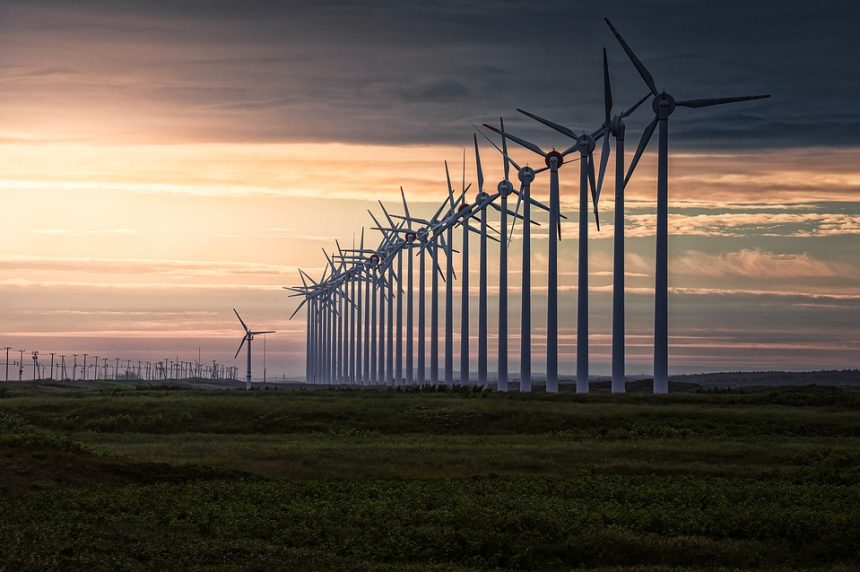As environmental concerns take center stage in global discussions about climate change and sustainability, the investment landscape is rapidly evolving. The market for renewable energy investment opportunities is not merely a niche; it is a burgeoning sector attracting both institutional and individual investors. Sustainable energy funds are at the forefront of this evolution, dramatically changing how we think about energy investment, creating new opportunities, and redefining the risks and returns of traditional investments.
The Rise of Sustainable Energy Funds
In recent years, there has been a substantial uptick in investments directed toward sustainable energy. According to the International Renewable Energy Agency (IRENA), investments in renewable energy reached approximately $300 billion in 2020 alone, signaling a shift in financial capital toward greener alternatives. As environmental, social, and governance (ESG) criteria become more prevalent in investment decision-making, funds that prioritize sustainability are not just seen as ethically responsible but also financially viable.
Market Trends Driving Sustainable Investments
-
Increasing Regulatory Support: Governments worldwide are introducing policies and incentives to encourage green energy production. For example, the U.S. has seen the expansion of tax credits for solar and wind energy investments, while countries in Europe have also defined aggressive targets for renewable energy deployment.
-
Growing Consumer Awareness and Demand: Consumers are becoming more conscious of the environmental impact of their choices, influencing corporations to adopt sustainable practices. As brands commit to reducing their carbon footprints, stakeholders are increasingly interested in companies that contribute positively to society.
-
Technological Advancements: Innovations in energy storage, grid management, and energy efficiency solutions have drastically improved the viability and competitiveness of renewable energy. These advancements help lower the cost of production and increase the return on investment for sustainable projects.
- Institutional Adoption: Major institutional investors are recognizing the financial risks associated with climate change and are shifting their portfolios toward sustainable investments. This trend has created a snowball effect, as smaller investors follow suit, leading to a significant influx of capital into green energy funds.
Spotlight on Major Companies
One of the standout players in the sustainable energy funds space is Greenbacker Capital Management. Founded in 2011, Greenbacker manages a diverse portfolio of renewable energy projects across solar, wind, and energy efficiency sectors. The firm emphasizes sustainability and profitability, aiming to provide attractive risk-adjusted returns while addressing climate change.
What Makes Greenbacker Stand Out?
-
Diverse Investment Portfolio: Greenbacker invests in a range of renewable projects. This diversification helps manage risk while providing solid returns. The firm has deployed over 1.3 billion in sustainable assets and has established itself as a leader in the sector.
-
Strong Focus on Infrastructure: Greenbacker’s strategy incorporates a deep understanding of renewable energy infrastructure, enabling them to capitalize on long-term energy contracts and stable cash flows.
- Commitment to Impact Investing: Besides promising strong financial returns, Greenbacker prioritizes the positive environmental impact of its investments. This dual focus aligns with the growing interest from investors who seek profitability alongside positive societal contributions.
The Future of Green Energy Funding
As we look towards the future, several trends indicate that the green energy investment landscape will only continue to grow:
-
Innovative Financing Mechanisms: The rise of green bonds, crowdfunding, and decentralized finance (DeFi) platforms is revolutionizing how renewable energy projects get funded. Lowered barriers for entry mean more community-driven projects can thrive.
-
Increased Focus on Energy Storage: With advancements in battery technologies and energy storage solutions, investors are becoming more enthusiastic about investing in complementary infrastructure. This sector will likely bridge the gap between energy production and consumption, facilitating a smoother transition toward renewable energy systems.
-
Technological Integration and Smart Grids: The shift toward smart energy systems will enhance efficiency in energy use and distribution. Investments in AI, IoT, and blockchain technologies will likely be integrated into sustainable energy funds, improving transparency and efficiency.
- Rise in Renewable Energy Transition Strategies: Businesses are beginning to recognize that transitioning to renewable energy is essential for long-term viability. Stakeholders are pushing for corporate investments in energy transitions, integrating sustainable practices into business strategies.
Conclusion
Investing in sustainable energy funds is becoming a cornerstone of modern investment strategies. As environmental concerns, market trends, technological advancements, and institutional interest converge, the renewable energy sector presents a unique blend of opportunity and impact. Companies like Greenbacker Capital Management exemplify the potential to generate meaningful returns while making a sizeably positive environmental impact.
The future of green energy funding looks promising, as innovative financing models and an increasing regulatory focus point toward a more sustainable world. By committing to these investments now, investors can play a crucial role in the transition towards a greener economy while reaping the financial rewards associated with this pivotal change.
The journey of investing in green energy has only just begun, and as we look ahead, it is essential for investors to educate themselves about the available opportunities and embrace the responsibilities that come with them. After all, a sustainable future is not just about protecting the planet; it’s about building wealth for generations to come.


